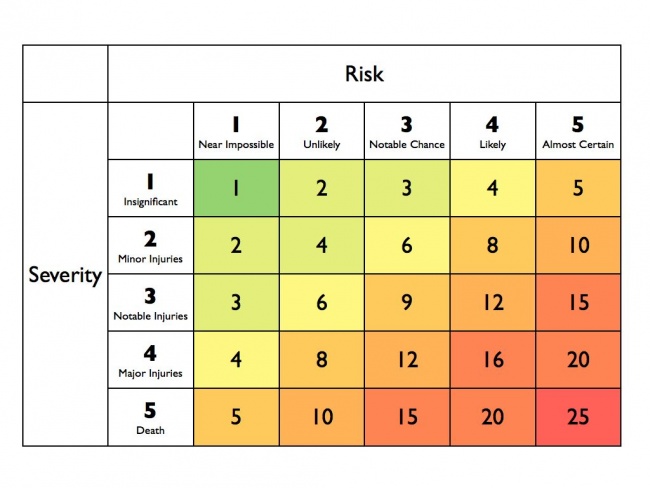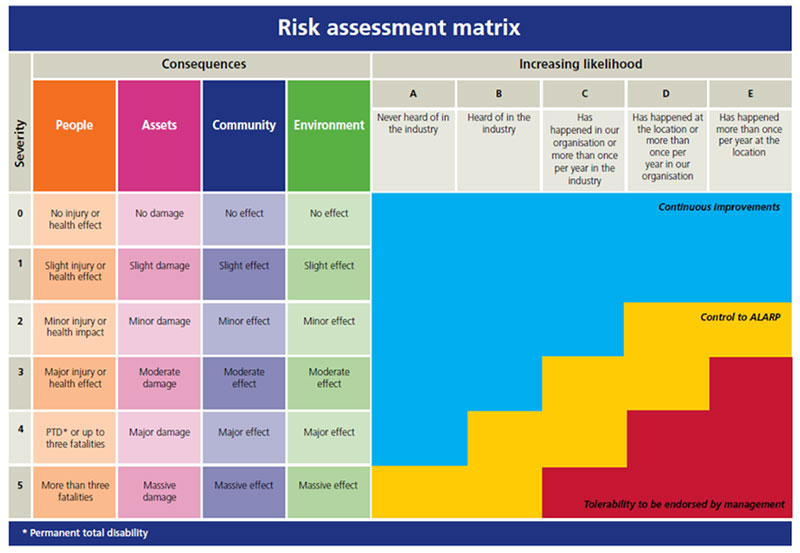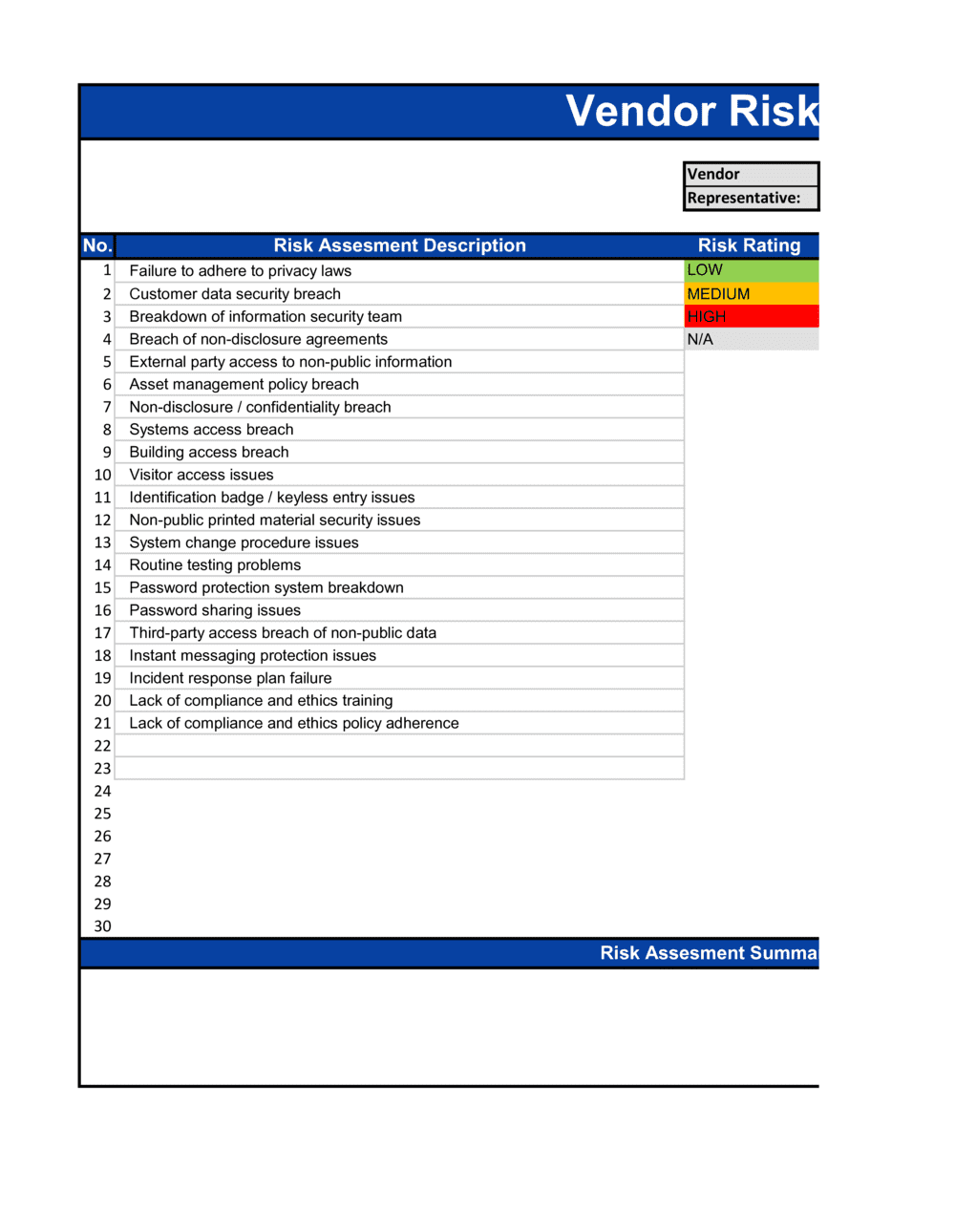What is Risk Assessment in Project Management?
Table of Content
In general, the following are the usually followed phases in Risk Assessment. Before plunging into risk assessment, the project manager will have compiled a list of risks from previous project experiences. These will be reviewed at the beginning of the project as a way to identify some common risks.

Tier 2 practices and systems support students who are at risk for developing more serious problem behaviors before those behaviors start. These supports help students develop the skills they need to benefit from core programs at the school. – an impact-based warning designed to highlight the potential impacts of extreme heat to protect lives and property, helping people make better decisions to stay safe and thrive. Some weather situations will bring impacts from more than one type of weather.
International Energy Outlook 2021
Tools to customize searches, view specific data sets, study detailed documentation, and access time-series data. Comprehensive data summaries, comparisons, analysis, and projections integrated across all energy sources. Tier 1 practices and systems establish a foundation of regular, proactive support while preventing unwanted behaviors.

Also look at specific regulations relating to your industry, based on the business activities performed. So, it’s important to stay current with the most recent recommendations. Labor-intensive work leans heavily on the activities of employees, which inherently increases the risk of potential injury. On the other hand, equipment driven processes minimize the interaction of employees with the equipment. When looking at accident and incident reports, are you designing and implementing corrective actions?
Additional advice and information from the Met Office
Now that you’ve identified potential risks, evaluated the risks, and selected controls, the next step is to communicate this information to your team. Even though communication might seem like a simple step, thought must be given regarding how these various controls will be implemented to manage ongoing risk. When complex situations are present, the most effective way to implement a safety risk assessment program is to have a team of personnel who are familiar and knowledgeable about the industry.
In many situations, elimination or substitution is most often the most effective means of dealing with a risk — so those options should always be addressed first. On the other hand, PPE is typically the least effective, which is why it falls at the bottom of the list. What are the other exposure stressors that personnel may be exposed to? Other exposures will depend on the environment and business activities. Common exposure stressors might include noise, intense light, dust, temperature extremes, or hazardous atmospheres.
Annual Energy Outlook 2022
Thinking ahead is the first step to being proactive with risk management. A little bit of effort right now will go a long way to ensuring ongoing safety in the workplace. Employee education and training play a critical role in the success of a risk management program. This training should be an integral part when onboarding new employees.

Schools provide these universal supports to all students, school-wide. New important guidance from the US Department of Education that helps schools support students with disabilities and avoid discriminatory use of discipline. Any of the eight weather types can form a dual warning in a number of combinations.
When your workforce primarily engages in intellectual or virtual activities, it means there is a lower risk of physical harm. But the risk of legal liability is still present, so you should adjust the focus of a risk assessment to match. The goal of this systematic procedure is to identify anything that might result in danger to any people involved, including employees, contractors, visitors, customers, or the general public.
A workplace risk assessment is an investigation of the different hazards that are present in a workplace and the risks they pose to the health and safety of the people working there. Workplace risk assessments also help employers develop effective risk control measures that eliminate or mitigate hazards. A safety risk assessment is the foundation for creating a safe, healthy workplace for employees. The first step is to identify potential hazards and risks, then you can design and implement systems and controls to reduce risk.
It contains a variant of Tight encoding that is tuned for maximum performance and compression with 3D applications , video, and other image-intensive workloads. TurboVNC, in combination with VirtualGL, provides a complete solution for remotely displaying 3D applications with interactive performance. TurboVNC's high-speed encoding methods have been adopted by TigerVNC and libvncserver, and TurboVNC is also compatible with any other TightVNC derivative. Using non-default settings, TurboVNC can also be made to compress 2D workloads as "tightly" as TightVNC.

Unhealthy levels of cholesterol can lead to serious heart health issues. The broad purpose of PBIS is to improve the effectiveness, efficiency, and equity of schools and other agencies. PBIS improves social, emotional, and academic outcomes for all students, including students with disabilities and students from underrepresented groups.
It can also be used to check if changes to contractual terms or working arrangements may alter a worker’s employment status. Microsoft’s Activision Blizzard deal is key to the company’s mobile gaming efforts. Microsoft is quietly building a mobile Xbox store that will rely on Activision and King games. At Tier 3, students receive more intensive, individualized support to improve their behavioral and academic outcomes. At this level, schools rely on formal assessments to determine a student’s need.

Categorization makes it easy to identify duplicate risks and acts as a trigger for determining additional risks. The most common, easy and the most effective method for this is to post the sticky notes on a large board where the manager has posted categories. The participants then put their risks on the board beneath the appropriate category. As they identify duplicate risks they stick the duplicates on top of the other.
U.S. Energy Information Administration - EIA - Independent Statistics and Analysis
Additionally, regular training for current staff ensures that the information is fresh and up-to-date for everyone involved. Elimination or substitution of the risk causing materials, equipment, or job task where possible. Look at the processes to identify areas of opportunity where hazardous steps can be removed or changed to reduce risk. Another possibility is to substitute hazardous chemicals with low-risk, non-hazardous chemicals when possible. Most risk matrices are laid out in a 3×3, 4×4, or 5×5 grid, with the probability or likelihood listed on the side (x-axis) and the severity or consequences listed at the top (y-axis). You can view example layouts for a risk matrix and edit the free risk assessment matrix according to your needs.
Comments
Post a Comment